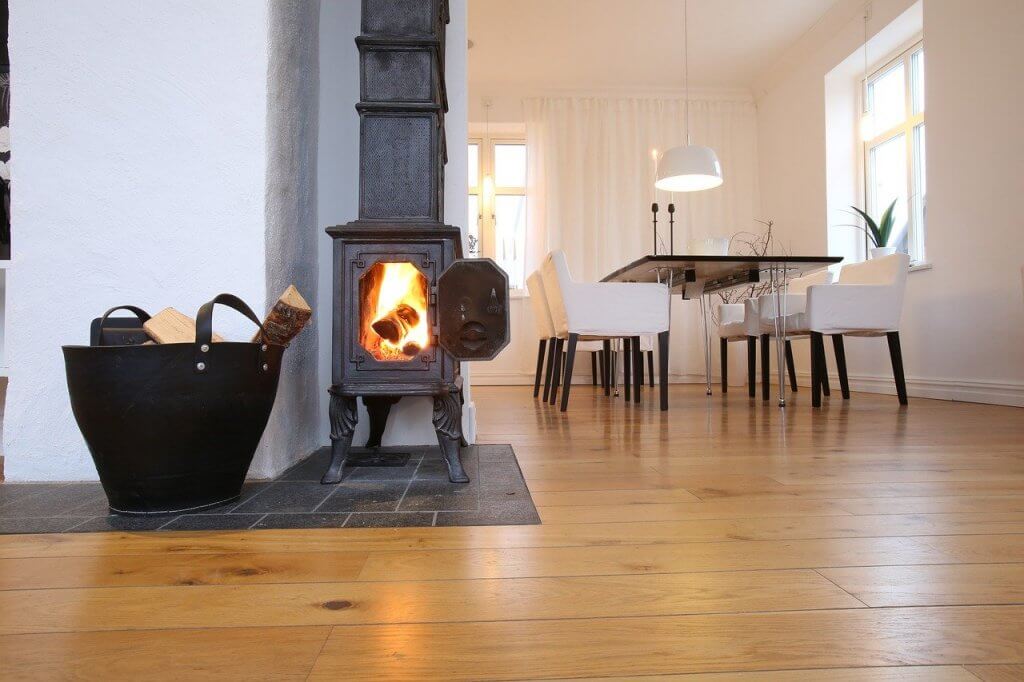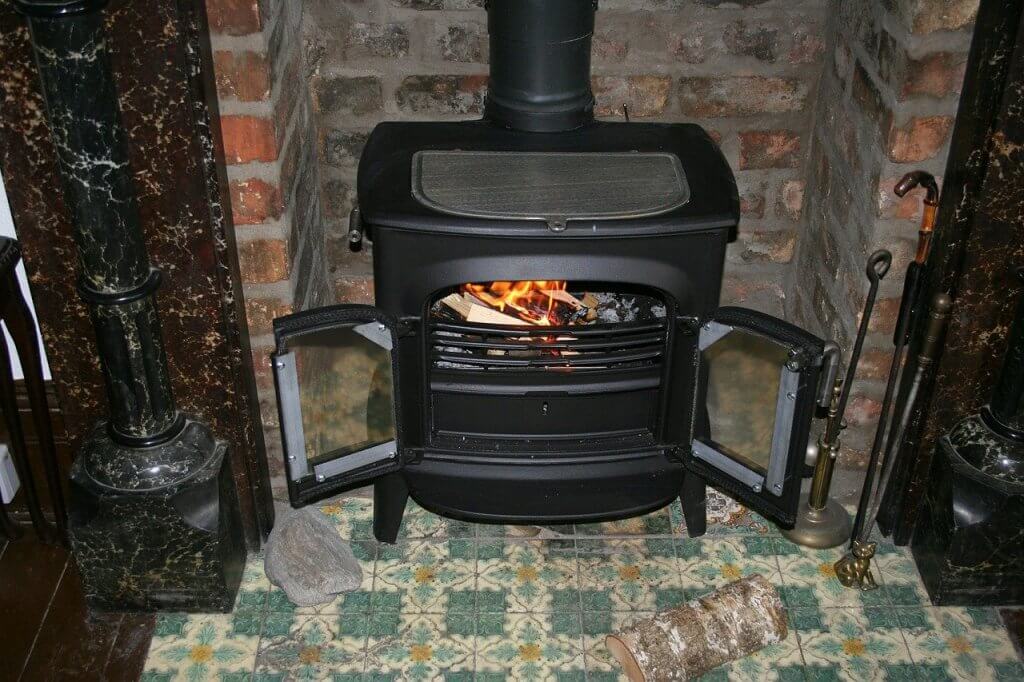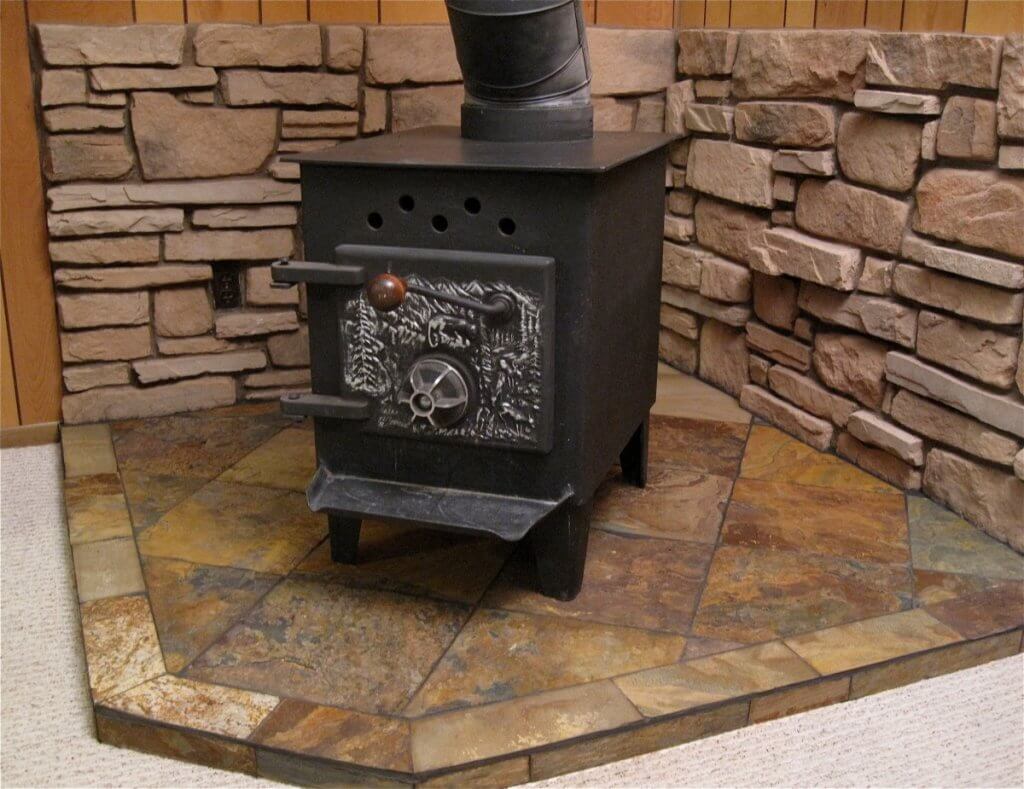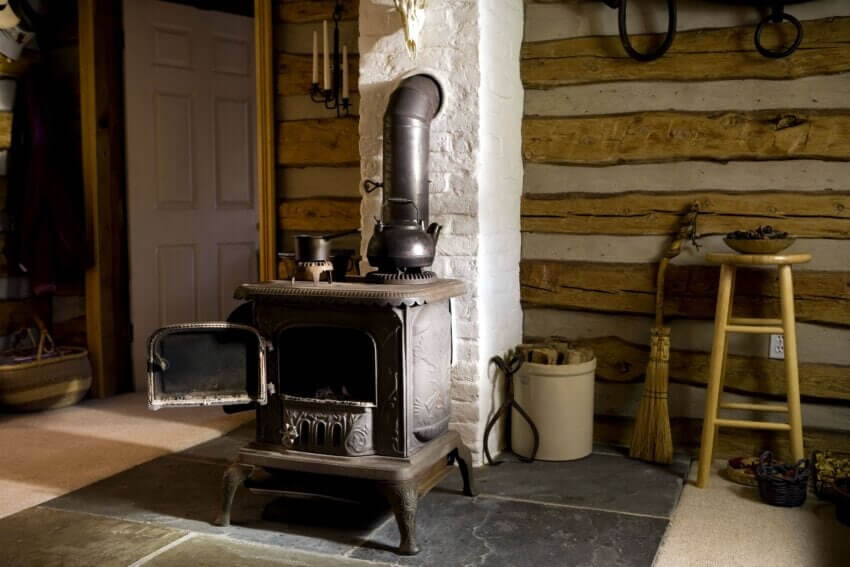The innovation used to create current wood-burning stoves differs significantly from that used to develop “stoves of the past.” Today’s wood stoves provide tremendous heat while also being attractive to look at.
Here are some facts regarding wood-burning stoves that you should know if you’re thinking about buying a heating unit for your house or upgrading the one you currently have.
Flexibility in placement
A wood stove could be positioned at almost any place in the house as long as there is a way to exhaust the stove to the outdoors. This indicates that you can heat any spaces around the house separately.
A few strategically placed stoves can virtually eliminate the need for a central heating system. How amazing is that? Of course, you should test out the first product you get before thinking of getting multiple ones.
Follow this link for a helpful guide: https://onehome.org.uk/your-home/19-warm-and-cosy-homes/28-a-very-useful-guide-on-wood-burning-stoves.
Exceptional heating
The most significant benefit of a wood-burning stove for homes is the high quality of heat it produces. Radiant heat, used in wood stoves, warms an area quicker and more effectively than warm air blasted via a home’s vent system.
A wood stove’s tremendous heat radiates from both sides and the top, providing warmth in all directions. You won’t have to worry about winter because this particular product will keep you warm and cozy throughout the season.
Environmentally friendly
Wood is far more environmentally benign than fossil fuels for warmth (propane, natural gas, coal, etc.). It’s called “carbon-neutral,” which indicates it doesn’t release any additional carbon dioxide into the atmosphere when burned.
In its natural condition as a tree, this is because wood absorbs carbon dioxide from the atmosphere. A balance is achieved throughout combustion.
Cost-effective heating
Wood is a low-cost fuel source. Oil, gas, and electricity all cost more per BTU. Homeowners that use strategic zone heating could save thousands of dollars every year on their power expenses.
And who doesn’t want that? Learn more here.
Works in the event of a power outage
Suppose you live in an area where power outages occur regularly throughout the wintertime. In that case, you understand how vital an utterly self-contained heat source may be.
You’ll stay toasty all year long with a trustworthy wood burner, independent of your home’s gas or power source.
Enhance the look of your room
Finally, along with all of the above benefits, you would like an iron wood stove that looks good in any room it is installed in. That is not an issue.
Modern wood-burning stoves come in various forms, sizes, and colors, making it simple to pick one that complements your home’s décor and ambiance.
They are becoming significantly more environmentally friendly
Obviously, we’re not going to hide our heads in the sand and say that wood stoves are completely environmentally beneficial. Stoves, on the other hand, have come a very long way in terms of technology and materials, and they’re no longer nearly as polluting as they formerly were and less so than that of an open fire.
Although most modern wood stoves are more environmentally friendly than their older counterparts, iron wooden stoves are much better. Luckily, there are a ton of options available online. All you need to do is take your time while you browse through them.
To combat pollution levels and particulate emissions, all wood-burning fireplaces must conform with the Ecodesign European guideline by 2022.

Take on the energy providers
Warming your home is becoming increasingly expensive. The government’s promises to stabilize energy prices appear to be pushed back year after year.
Nevertheless, by burning wood instead of electricity, you can break free (at least somewhat) from the grip of energy producers. Granted, you’ll have to contend with price changes from firewood providers. Still, any increases will likely become less severe than price rises for gas and electricity.
Burning wood is, in fact, usually regarded as carbon neutral. This means that the amount of CO2 absorbed by a tree throughout its lifetime is about equal to the amount emitted when the wood is burned, implying that the amount of additional CO2 released into the atmosphere is virtually zero.
The only way to know for sure is if you buy wood-burning stoves for your home.
Saving money
Millions of individuals are finding it even more costly to warm their homes with gas and electricity as energy costs continue to increase. Wood-burning stoves can be very beneficial in terms of saving money due to their energy efficiency.
Many individuals have discovered that a wood-burning stove is a very cost-effective investment because it may help them save money on their heating bills.
While you may still need to utilize your central heating in spaces without a wood stove, a stove can replace your radiator in your major living rooms, enabling you to save money on your energy bills.
Even though a wood stove requires an initial investment, the cost can be recouped in energy savings within several years.








